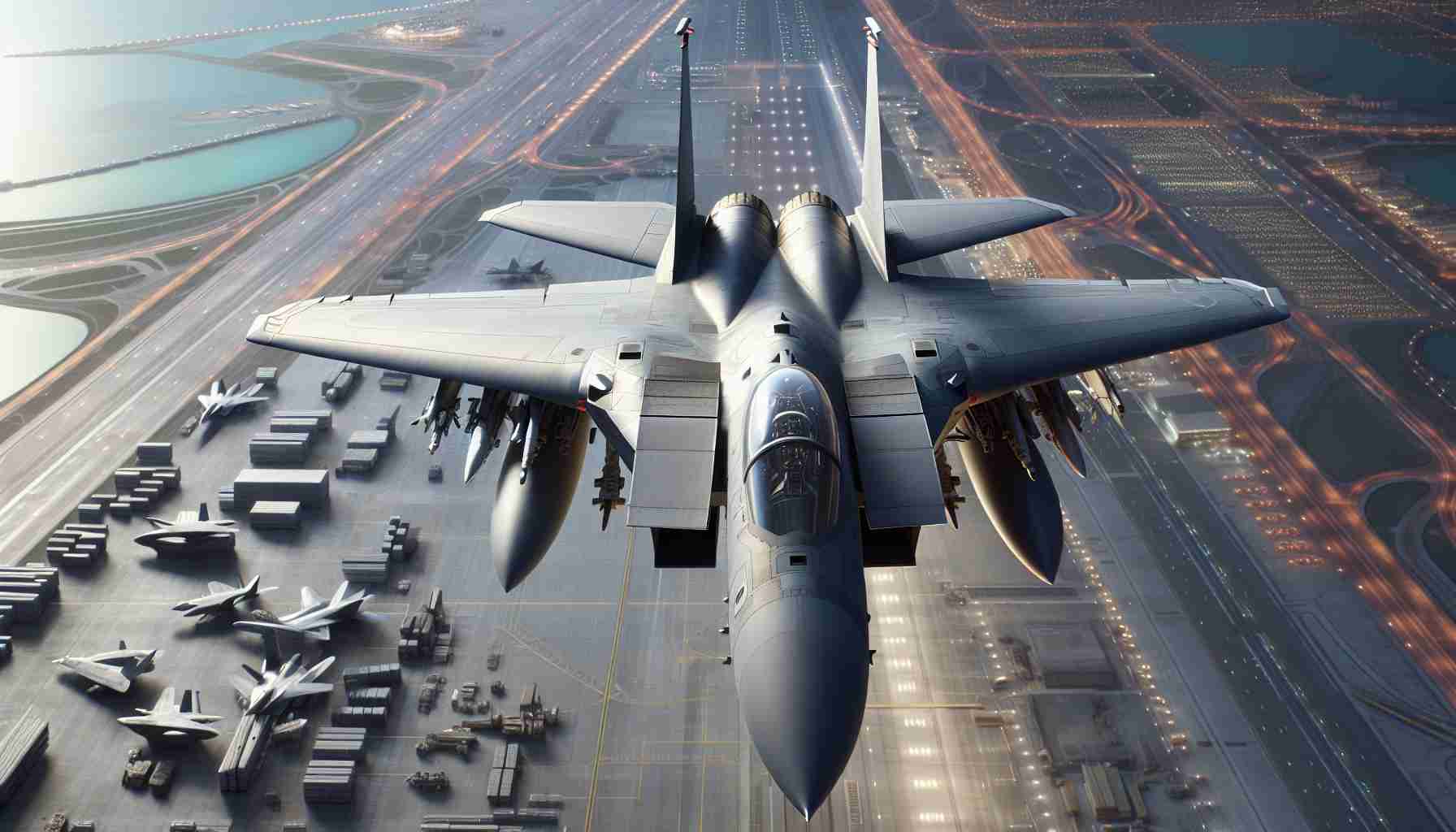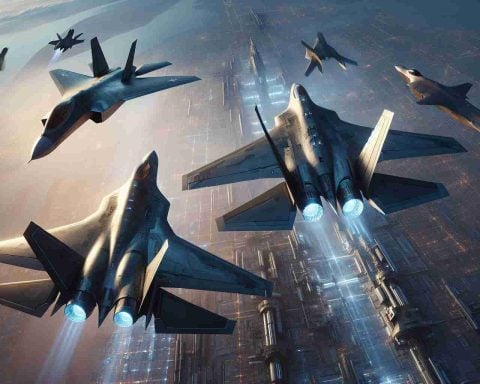F-15EX Eagle II Takes Flight: This advanced 4.5-generation fighter jet has joined the ranks of the U.S. Air Force, making waves across the globe with its remarkable capabilities. Initially conceived as a cost-effective solution to supplement the United States’ fleet of fifth-generation fighters, its price tag tells a different story.
Sky-High Expectations and Costs: The F-15EX, originally intended to be a budget-friendly alternative to cutting-edge jets like the F-35, has seen its price soar to approximately $94 million per unit, influenced by inflation and reduced order volumes. While critics voice concerns over its high cost, Boeing remains optimistic that foreign military contracts, potentially with nations like Indonesia and Poland, could help stabilize expenses.
Worldwide Interest Grows: Despite the hefty price, international allies are keen to add this sophisticated aircraft to their arsenals. Just months after its induction into the U.S. Air Force, Israel secured a substantial $18 billion deal for 25 F-15EX jets. Furthermore, countries such as Indonesia, Poland, and Taiwan are expressing interest in acquiring these formidable aircraft to bolster their defenses.
A Modern Legend: The F-15EX Eagle II exemplifies how updated versions of renowned fourth-generation fighters continue to play a vital role in global security. As newer generations of fighters tantalize with their futuristic potential, the Eagle II stands as a testament to the enduring value of proven aerial combat technology on the modern battlefield.
F-15EX: A New Chapter in the Evolution of Aerial Combat
The introduction of the F-15EX Eagle II to the U.S. Air Force is more than just an update to a classic fighter jet; it heralds a new era in modern warfare and technological progress. While it remains classified as a 4.5-generation fighter, there’s much more beneath the surface that is stirring conversation across military and technological circles globally.
Technological Leap Forward
The F-15EX Eagle II is equipped with cutting-edge avionics, including an Advanced Electronically Scanned Array (AESA) radar, which greatly enhances its detection range and target tracking capabilities. Additionally, its increased payload capacity and the open mission systems architecture provide a flexible platform poised for easy upgrades, setting a new benchmark for adaptability in military aviation. This framework allows the F-15EX to integrate with future technologies, ensuring its relevance for decades to come.
Implications for Global Defense Strategies
The F-15EX is not just a U.S. asset but a key player in the defense strategies of various global allies. As nations like Israel and potentially Indonesia make substantial investments, this indicates a shift in balancing regional power dynamics, especially in geopolitically volatile regions. The aircraft’s ability to mesh with existing defence systems and its potential for rapid deployment make it an attractive option for countries seeking to enhance their aerial combat capabilities quickly.
Pros and Cons
The F-15EX excels in areas such as range, payload capacity, and a robust service record that instills confidence among operators. However, the soaring costs, as seen with other military procurements like the F-35, bring financial burdens which could impact long-term defense budgets. Moreover, the availability of fifth-generation fighters raises questions about the longevity and operational priority of the F-15EX in future aerial engagements dominated by stealth and cyber warfare.
Controversies and Considerations
Why invest heavily in a 4.5-generation jet when fifth-generation counterparts promise unparalleled stealth and advanced electronic warfare capabilities? This question fuels ongoing debate within defense circles. Some argue the F-15EX’s strategic advantage lies in its ability to perform ‘day-one’ deep strike missions, whereas stealth fighters might be better suited to later stages of conflict.
Future Technologies and Developments
The F-15EX could become a testbed for future technologies, like directed energy weapons or AI-powered systems, facilitating the transition to even more advanced aerial warfare capabilities. The potential collaboration between traditional fighter designs and upcoming innovations could redefine aerial combat’s landscape.
Conclusion
While the F-15EX sparks debate and curiosity, it also highlights the complexities of modern military procurement and the continual evolution of combat expectations. Balancing costs with technological advancements is a tightrope that many nations navigate today, and the F-15EX Eagle II is a prime example of this delicate equilibrium.
For further exploration into advanced military aircraft and technology, visit Boeing and U.S. Air Force.












